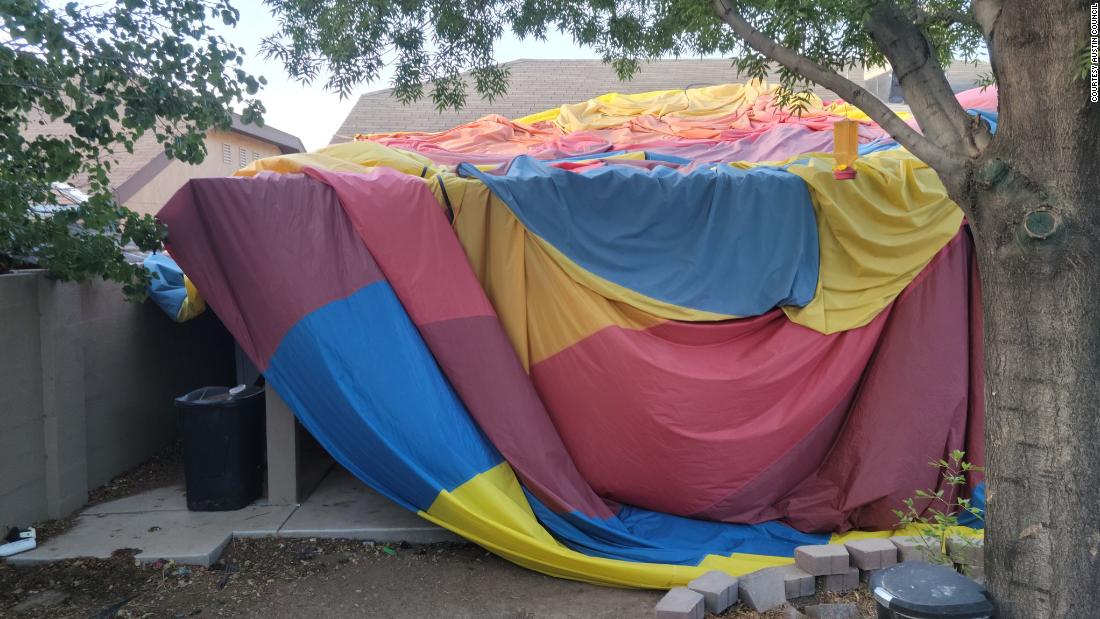Thousands of families in southern Madagascar are on the edge of starvation, and “holding on for dear life”, the UN food agency chief said on Wednesday - after bearing witness to the suffering firsthand - urging the world to step-up and take action.
World Food Programme (WFP) Executive Director David Beasley, explained that he’d met women and children who had “walked for hours” to get to the food distribution points.
“These were the ones who were healthy enough to make it”, he added.
Severe droughts in #Madagascar have led to an almost total disappearance of food sources, pushing communities to the edge of starvation.
For several months, families have been living on raw red cactus fruits, wild leaves, and locusts.
🚨We can’t turn our backs on them. 🚨 pic.twitter.com/44c1zfP7Xq
Climate change factor
Southern Madagascar is experiencing its worst drought in four decades with more than 1.14 million people food insecure, the top UN official said in a statement, from a nutrition centre in the region.
Of those, an estimated 14,000 people are already in catastrophic conditions, known as IPC Phase 5, which will double by October.
“There have been back-to-back droughts in Madagascar which have pushed communities right to the very edge of starvation”, he explained.
Drawing attention to suffering families and people dying from severe hunger, he spelled out that “this is not because of war or conflict, this is because of climate change”.
While this area of the world has contributed nothing to climate change, they are “paying the highest price”, he added.
Scavenging
The gravity of the situation has forced thousands of people to leave their homes to search for food while those remaining barely get by, surviving with measures like foraging for wild food, according to WFP.
“Families have been living on raw red cactus fruits, wild leaves and locusts for months now”, said the UN official.
Furthermore, the remote location of many communities, coupled with poor roads, has enabled few aid workers to access the area.
“We can’t turn our backs on the people living here while the drought threatens thousands of innocent lives”, he underscored.
Most vulnerable
WFP said that the Global Acute Malnutrition (GAM) level in children under-five in Madagascar has almost doubled over the last four months, to an alarming 16.5 per cent.
And the district of Ambovombe is among the worst affected, where GAM rates of 27 per cent indicate a life-threatening scenario for many children.
“This is enough to bring even the most hardened humanitarian to tears”, said Mr. Beasley.
Holding back the tide
Since late last year, WFP has been working closely with the Malagasy Government and other partners to address severe hunger.
However, as the crisis deepens, those efforts must be intensified.
Last week the WFP chief met with the Prime Minister Christian Ntsay and senior officials, to identify immediate and long-term solutions to this crisis.
To help stop a preventable tragedy from unfolding before our eyes, WFP said, the agency needs $78.6 million dollars to provide lifesaving food for the next lean season.
“Now is the time to stand up, act and keep supporting the Malagasy Government to hold back the tide of climate change and save lives’’, urged Mr. Beasley.

© WFP/Shelley Thakral
Executive Director David Beasley meets families and children seeking treatment for severe malnutrition at a nutrition centre in southern Madagascar.









 English (US) ·
English (US) ·